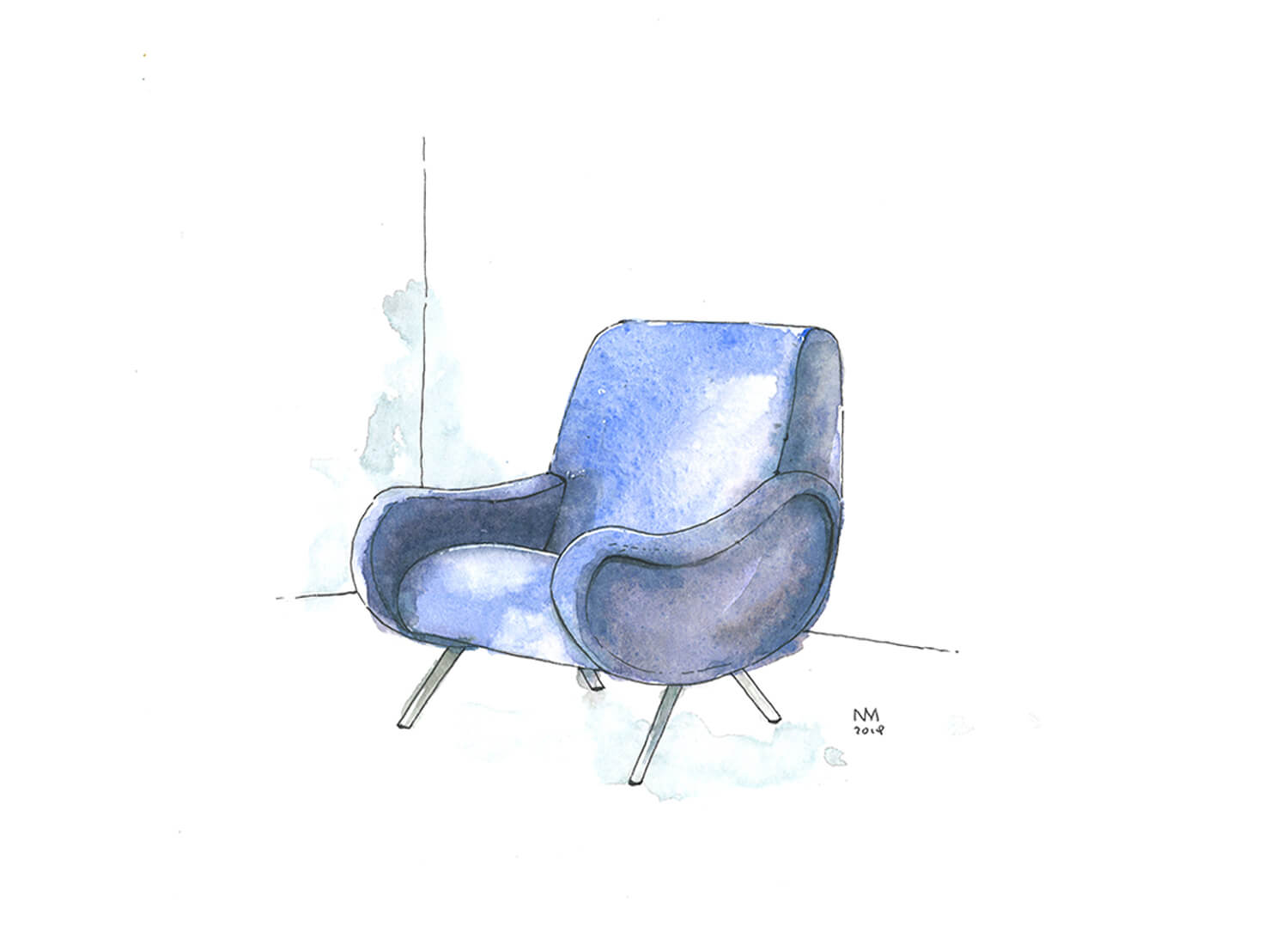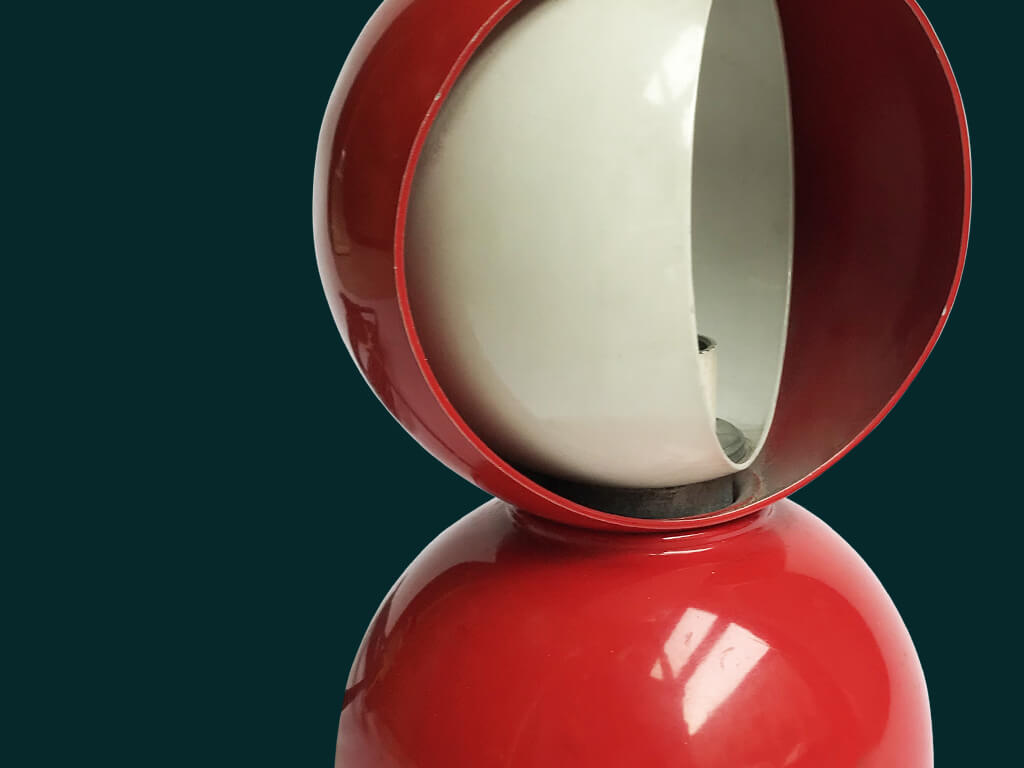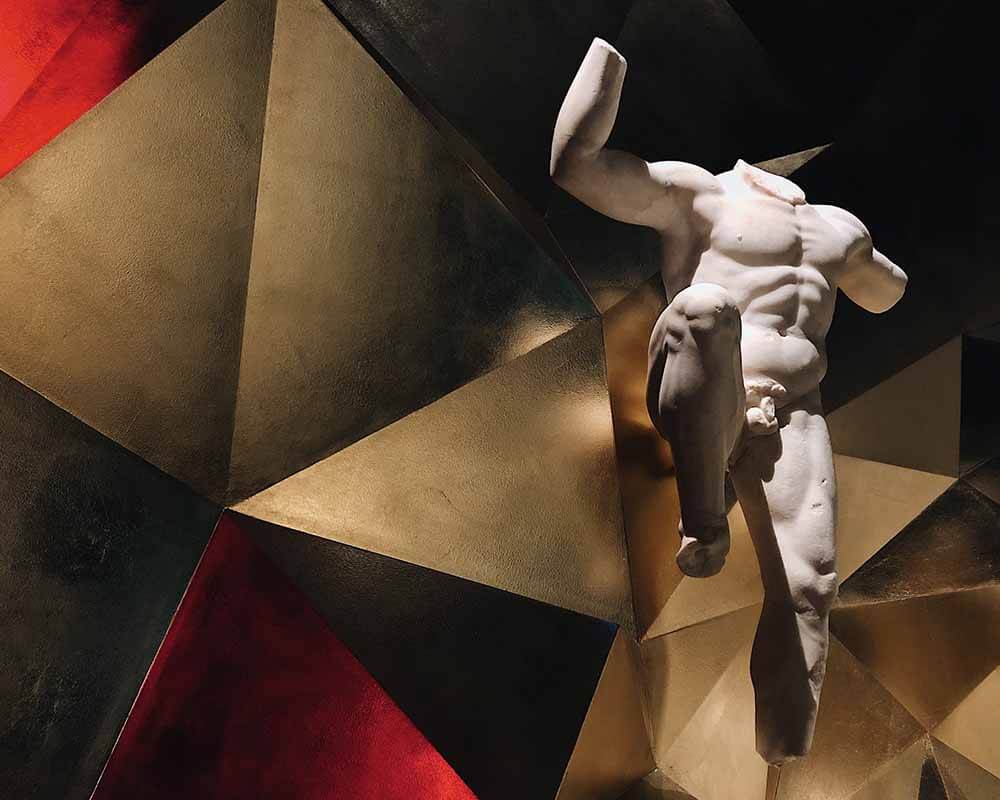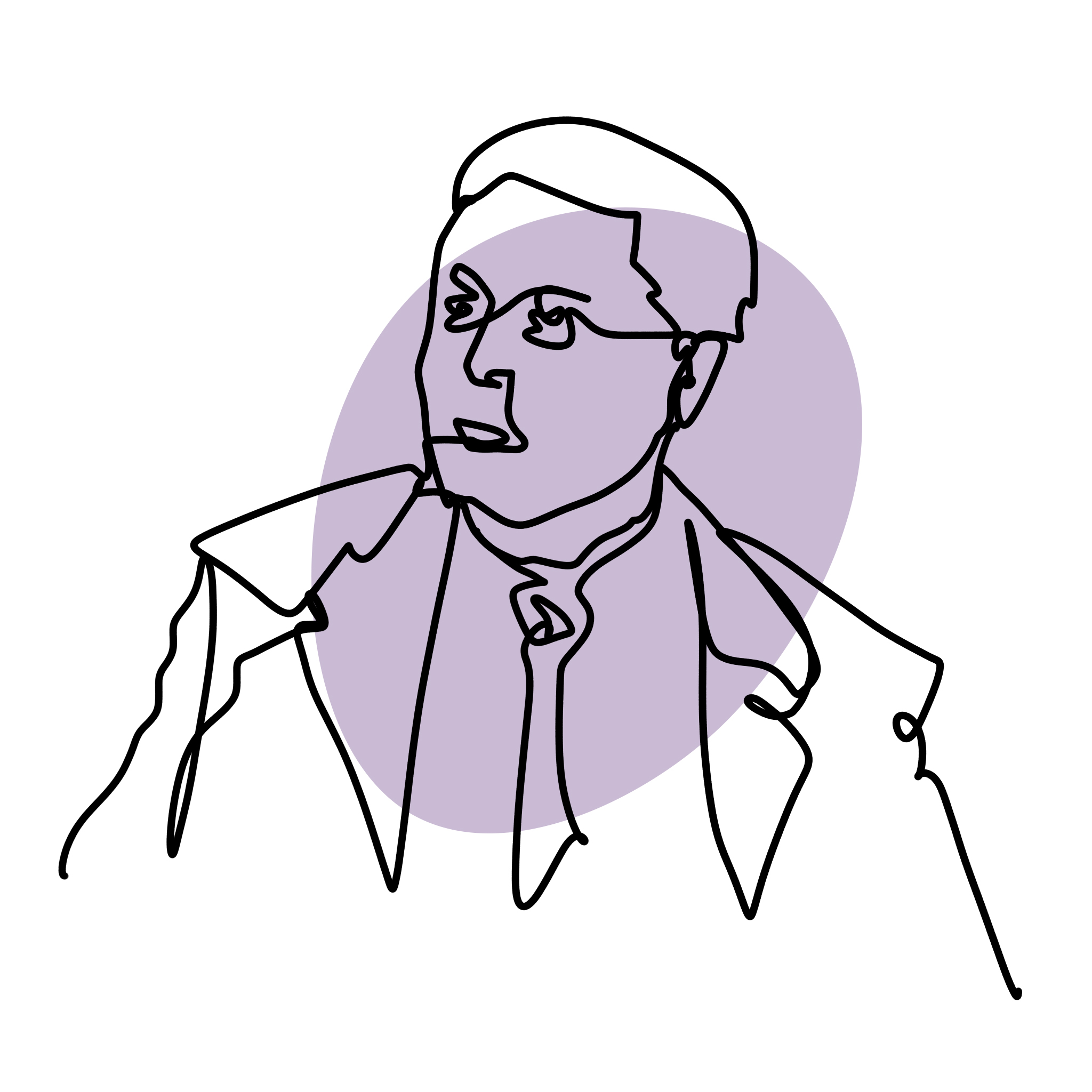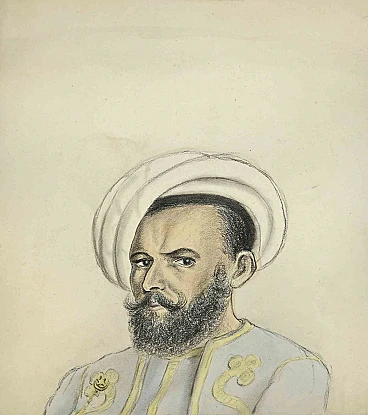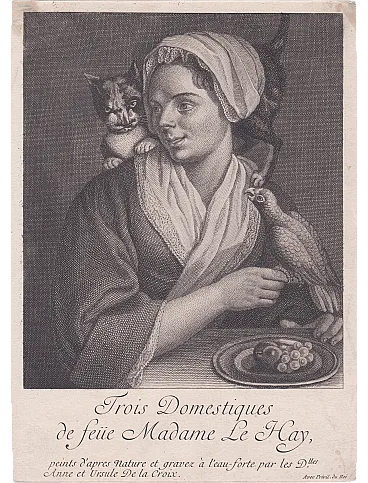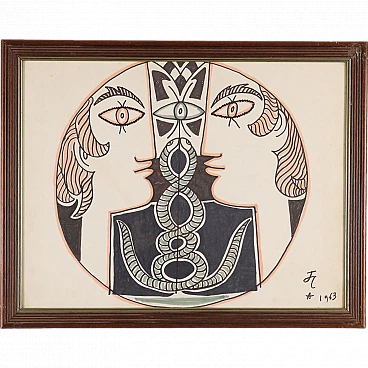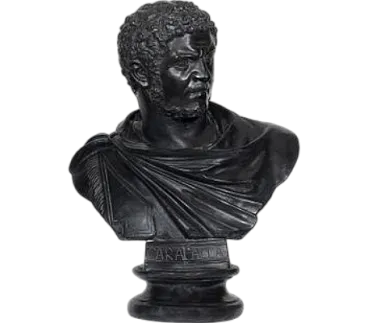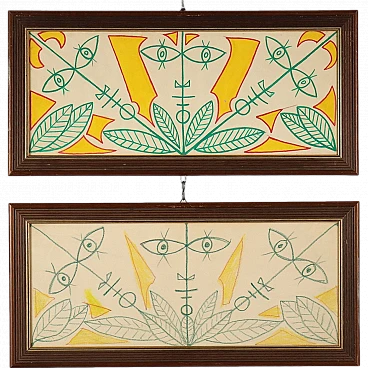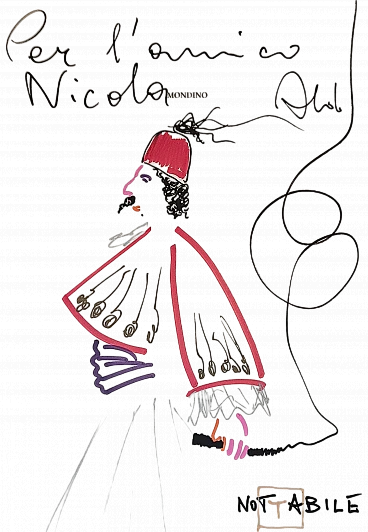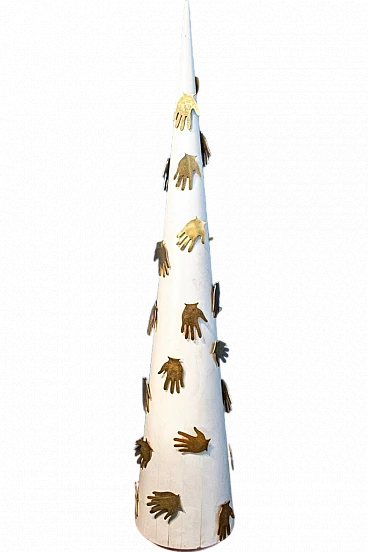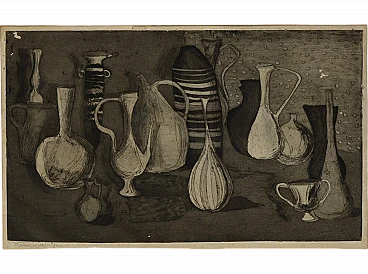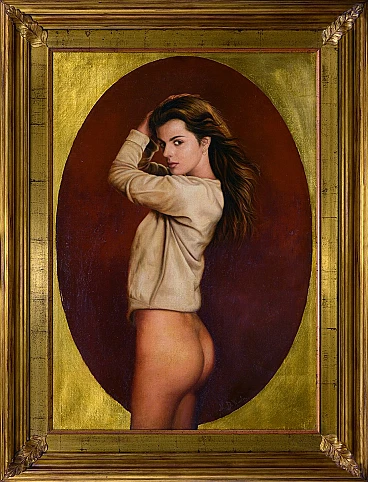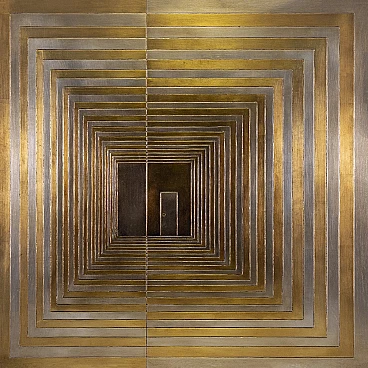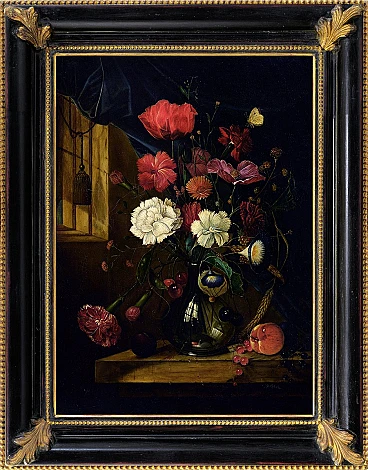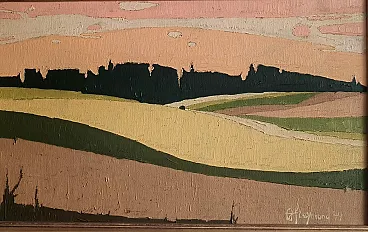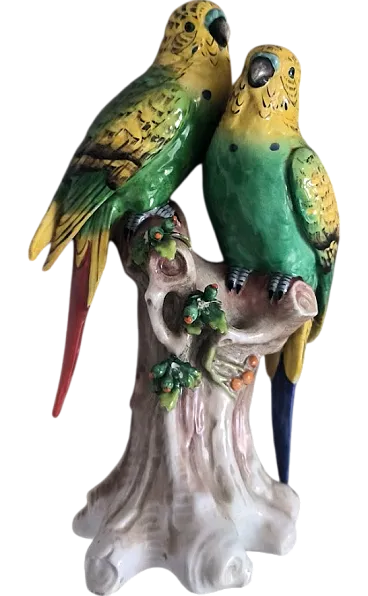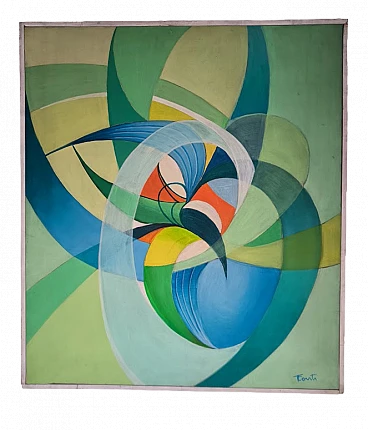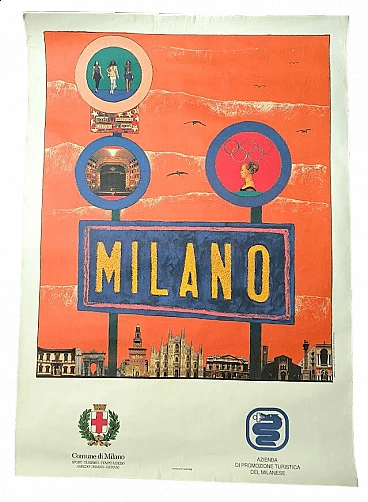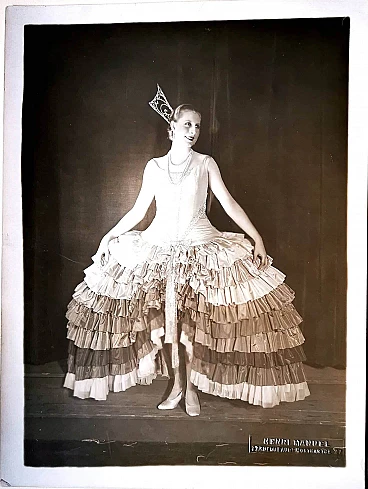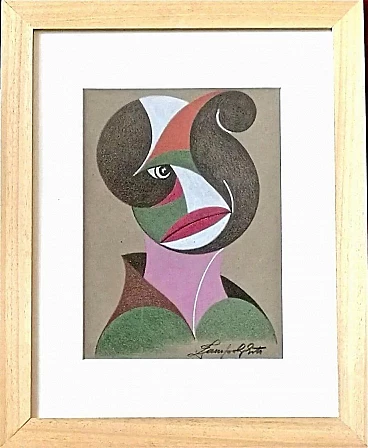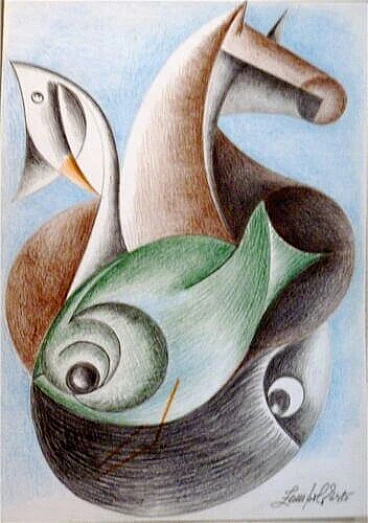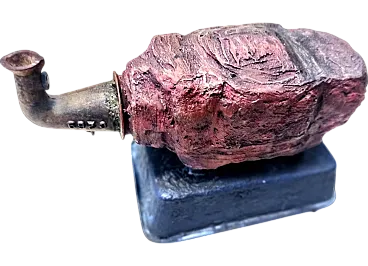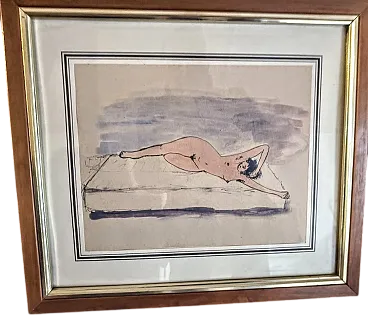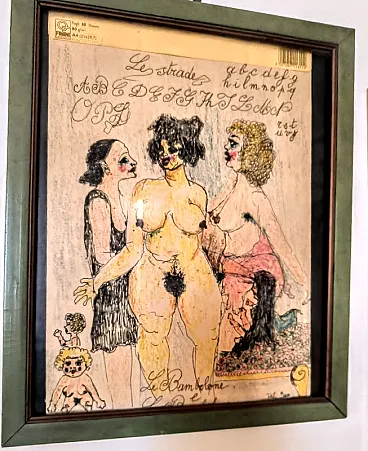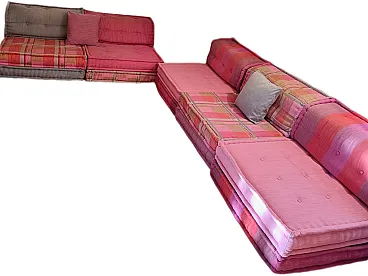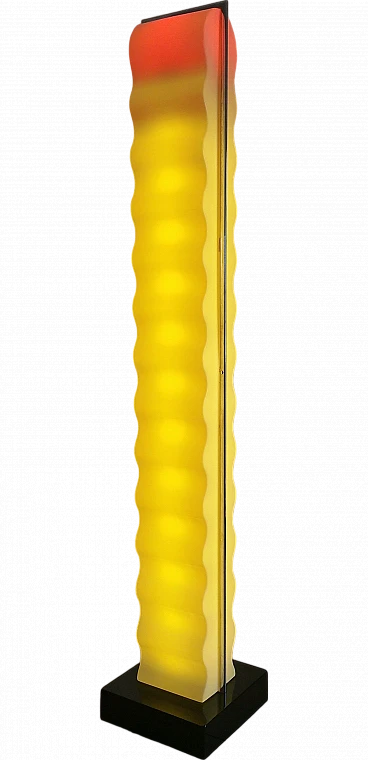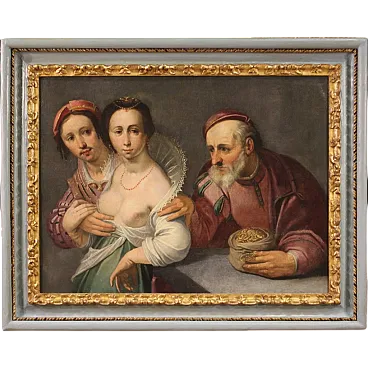POCHOIR DECO by EDUARD BENEDICTUS (Paris 1878 - 1930) "NOUVELLES VARIATIONS" from 1924.
Printed by Albert Levy.
With 52 x 62 frame
Refined pochoir from the series, 'Nouvelles Variations : soixante-quinze motifs décoratifs en vingt planches'. The Pochoir technique was mainly used in France from 1880 to 1930. Pochoir printing was used in industrial design, interiors, textiles and architecture. The work of important period furniture designers and architects, such as Eileen Gray, René Herbst, Robert Mallet-Stevens, and Charlotte Perriand, is colorfully documented in these sheets. Likewise, French pattern books of this period, consisting entirely of Pochoir images of floral, insect-animal, and geometric shapes, were created to inspire primarily textile, interior, and wallpaper designers. Pochoir incorporates the use of numerous stencils to apply single colors using watercolors or gouache to a sheet. A craftsman known as a découpeur cut the stencils with a straight-bladed knife. Stencils were made of aluminum, copper or zinc and plastic in the 20th century. The stencils created by the découpeur were passed to the colorists. Colorists applied pigments using a variety of different brushes and paint application methods to create the finished pochoir print. The Pochoir technique was laborious, expensive and slow. As a result, techniques such as lithography and screen printing, mechanized by nature, replaced pochoir as a method of color printing.
Edouard Benedictus (1879 - 1930) Multifaceted figure of the early 20th century, distinguished himself as a painter, writer, composer and chemist. His career began during the flourishing period of Art Nouveau, a movement that celebrated organic forms and intricate details. Benedictus contributed to this artistic dialogue with his 1912 article in L'Art décoratif, which was very influential at the time. However, his artistic sensibility evolved in response to the changing aesthetics of the 1910s, embracing the emerging Art Deco style that would dominate design in the 1920s. Benedictus became famous for his luxurious portfolios, particularly Variations (1923) and Nouvelles Variations (1928), works that consolidated his status as a key figure in the Art Deco floral movement. His designs, celebrated for their bold geometric patterns and imaginative color combinations, also featured abstract floral motifs that pushed the boundaries of the decorative arts. Benedictus played a fundamental role in the famous Pavillon de l'Ambassade Française at the 1925 Exposition Internationale des Arts Décoratifs in Paris. His collaboration with leading designers, particularly André Groult, for whom he created tapestries and carpets, had a lasting impact. His intricate pochoir works adorned the Grand Salon and Music Room of the French Embassy, showcasing his mastery of transforming spaces through art. His signature pochoir designs, filled with vibrant geometric abstractions and floral motifs, remain timeless testaments to the stylistic innovation of the Art Deco era.
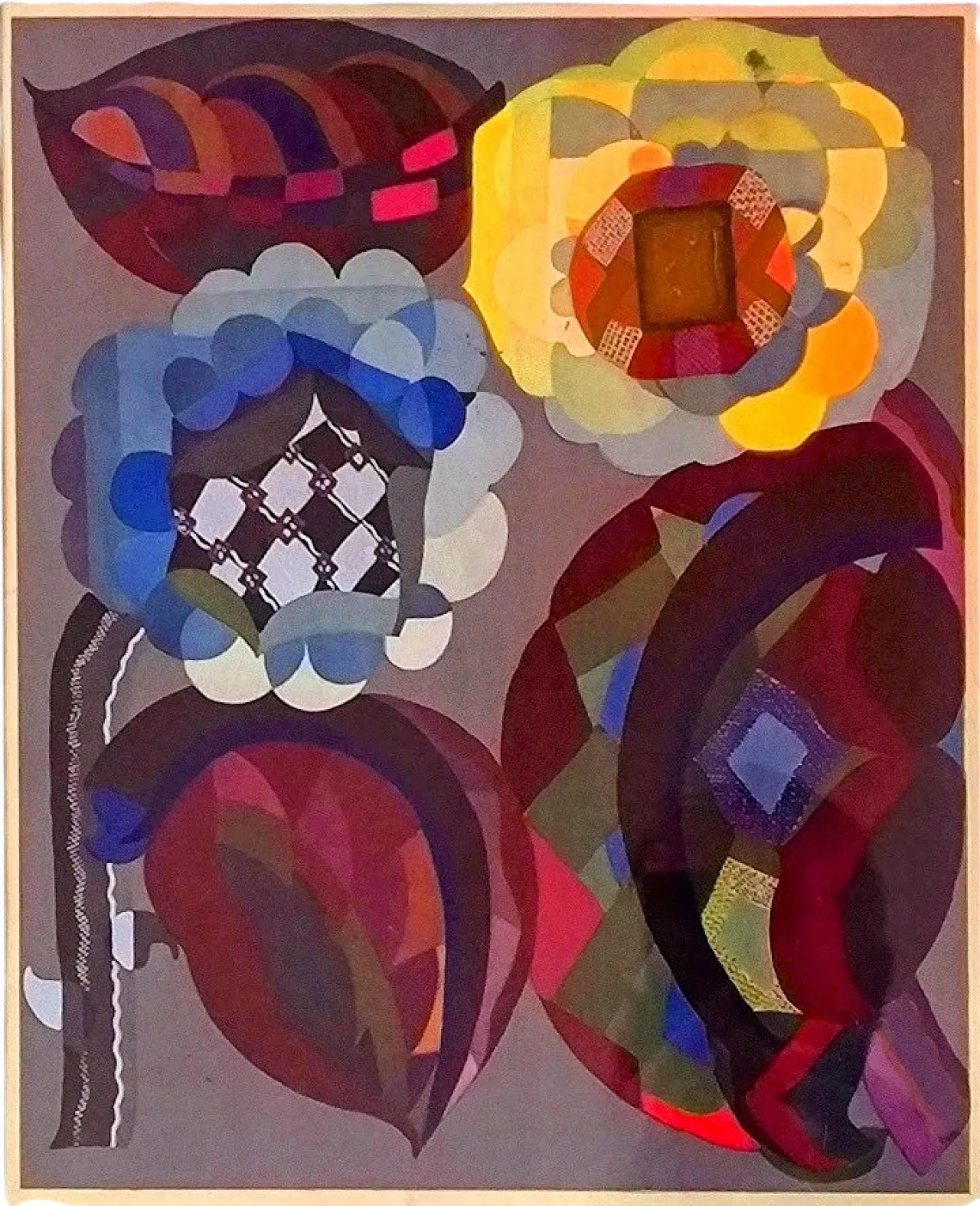
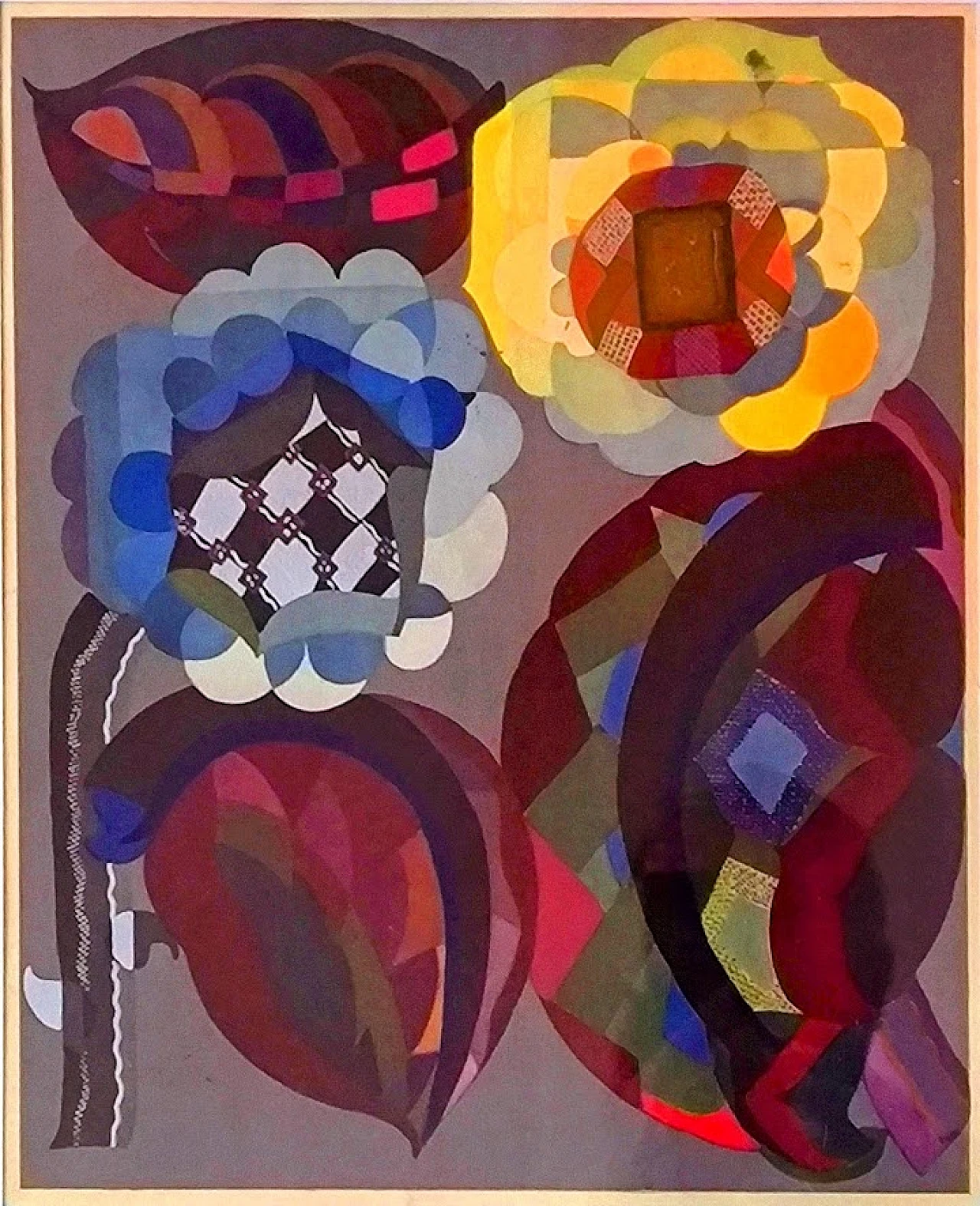

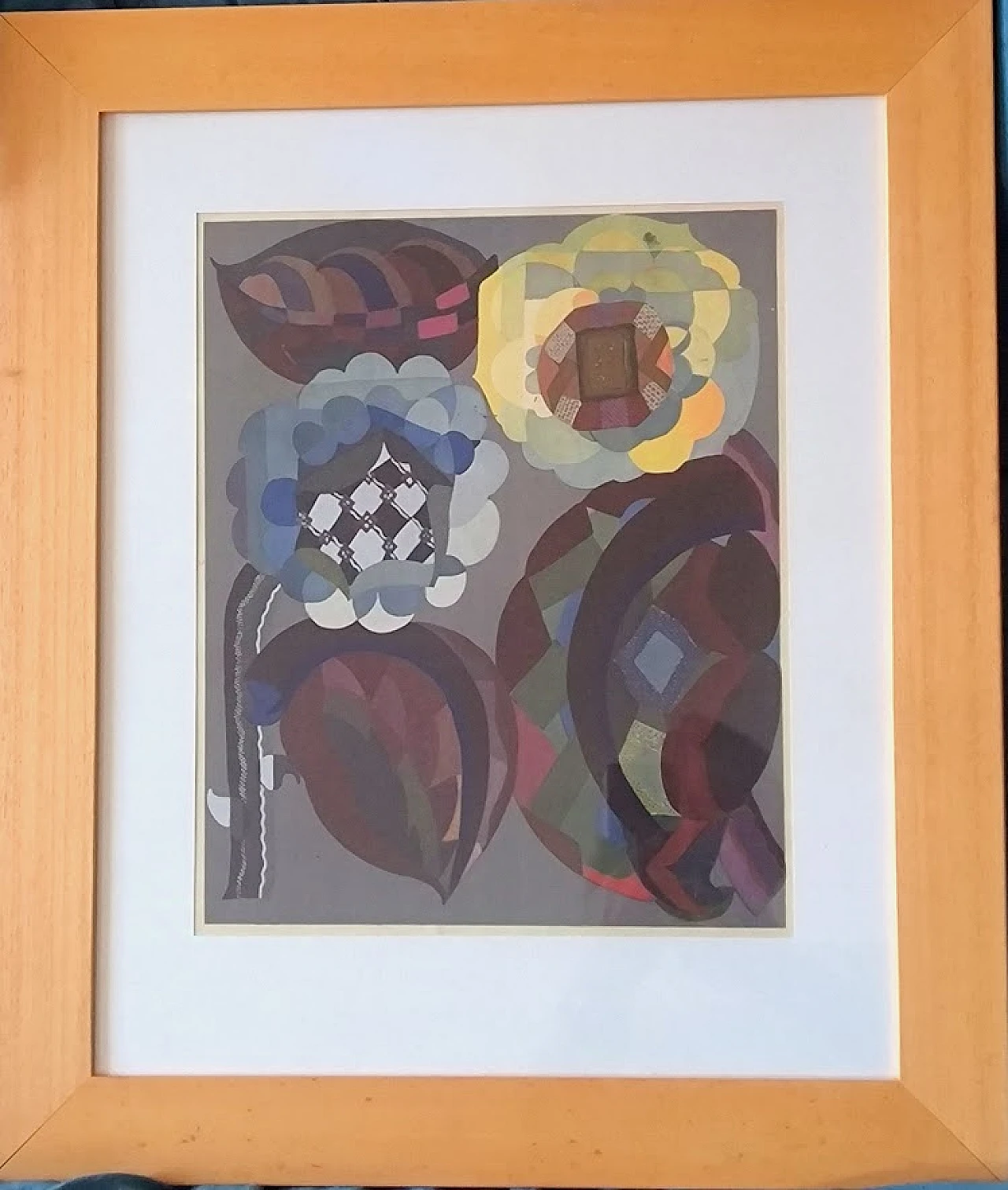
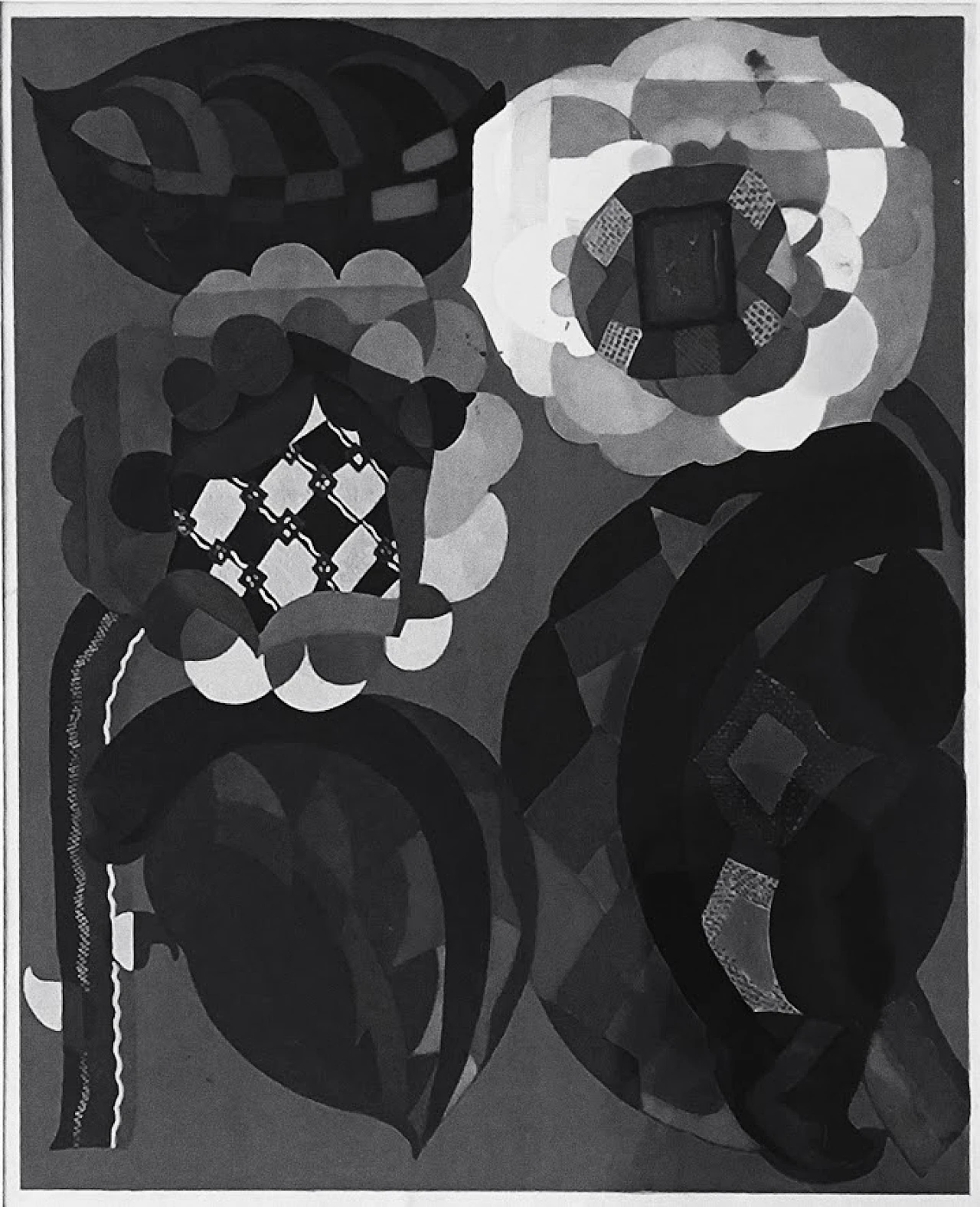
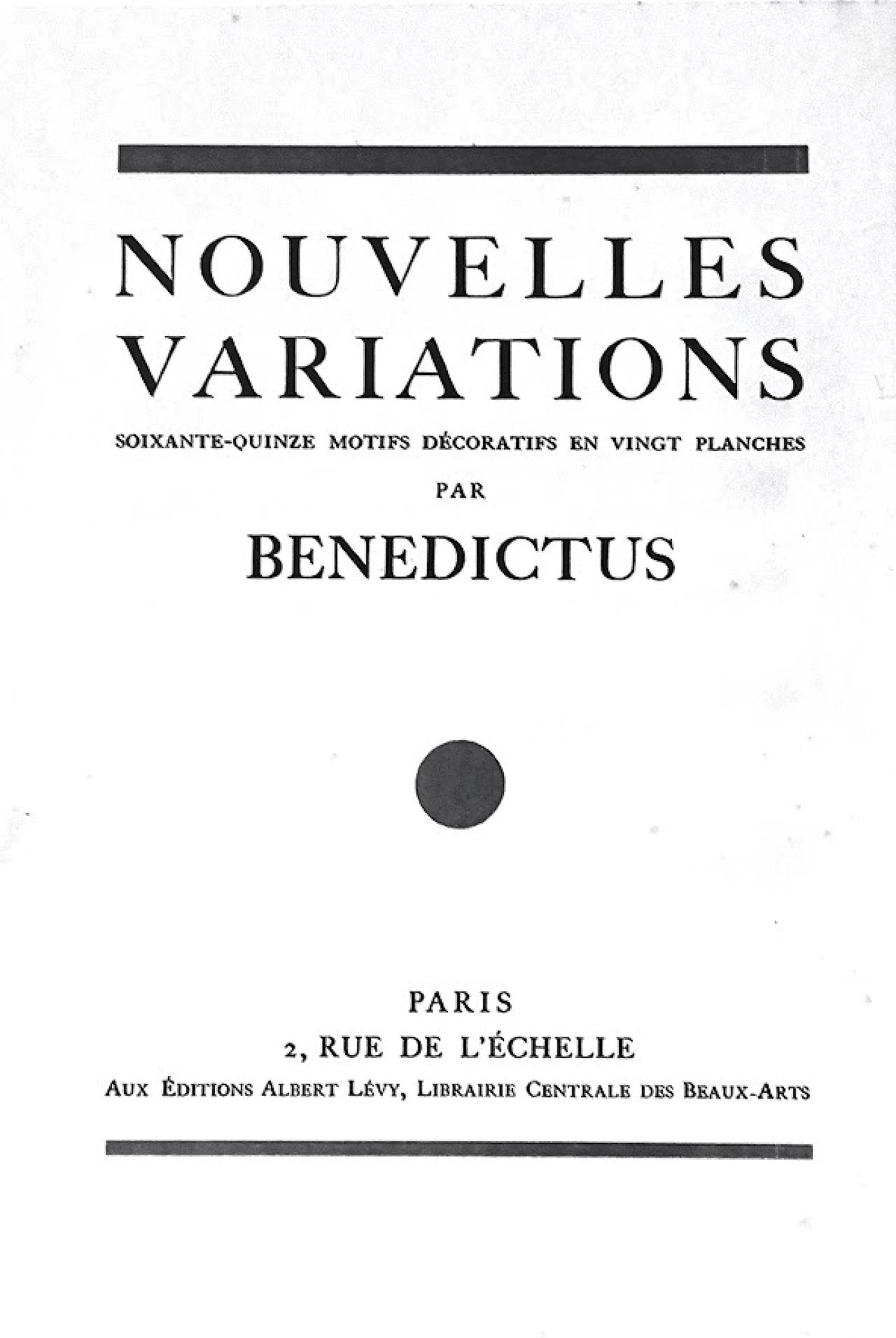
 SILVER Seller in FERRARA, Italy
SILVER Seller in FERRARA, Italy
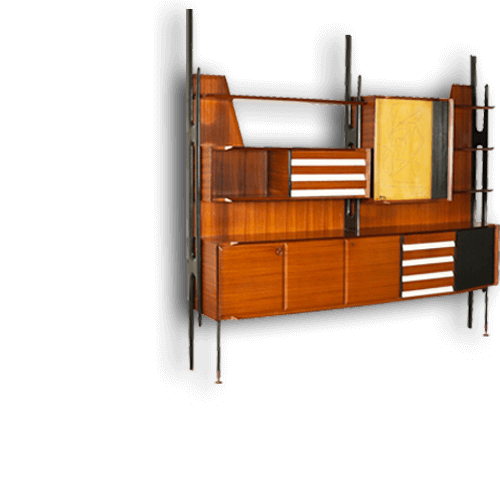
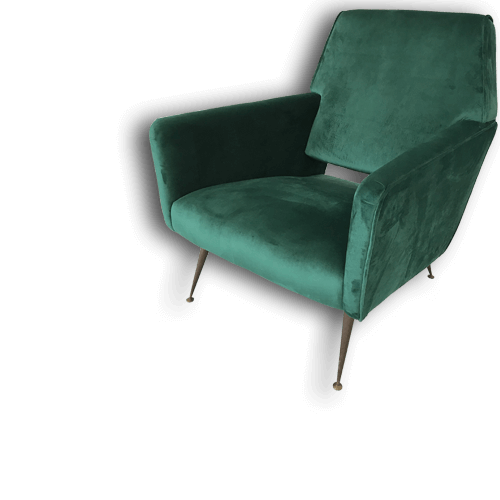



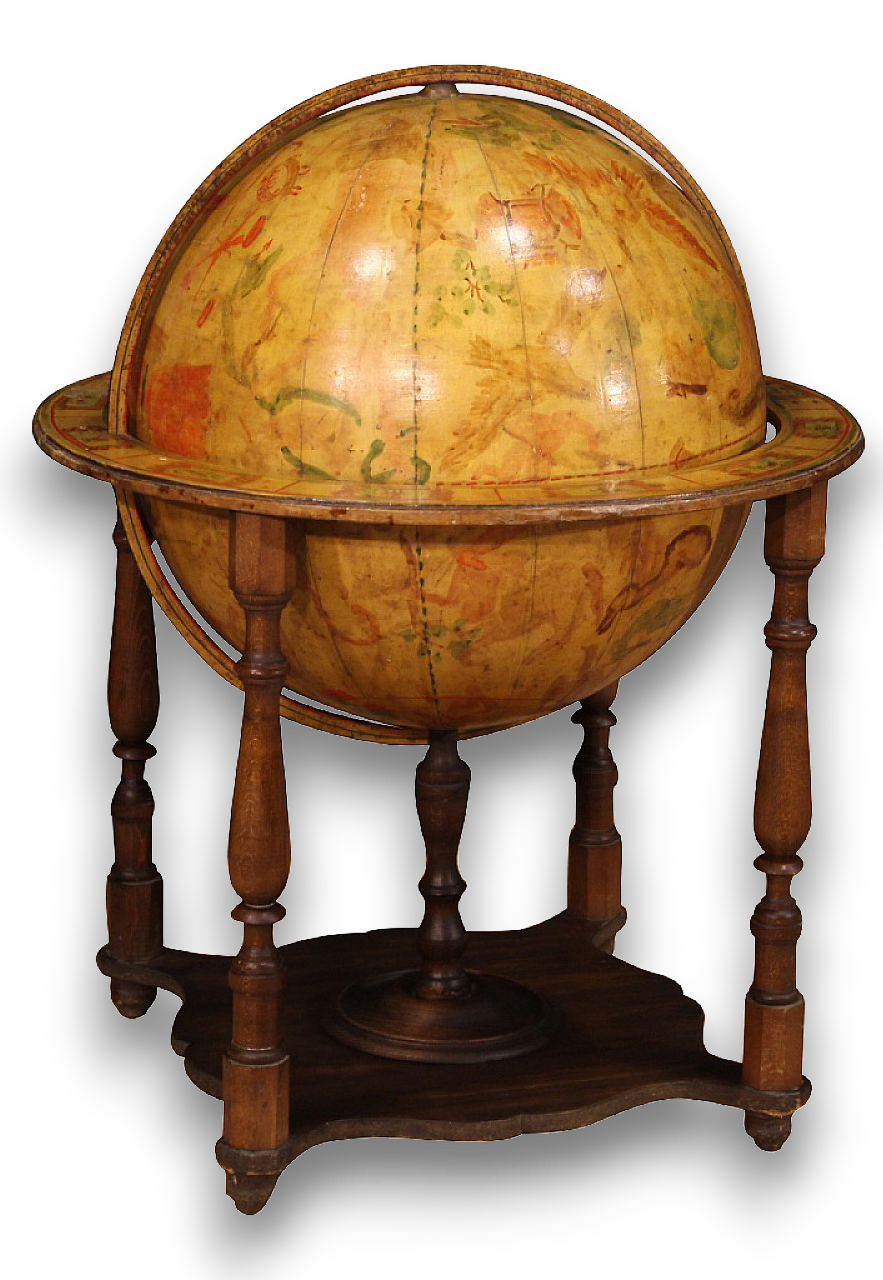
.png)
